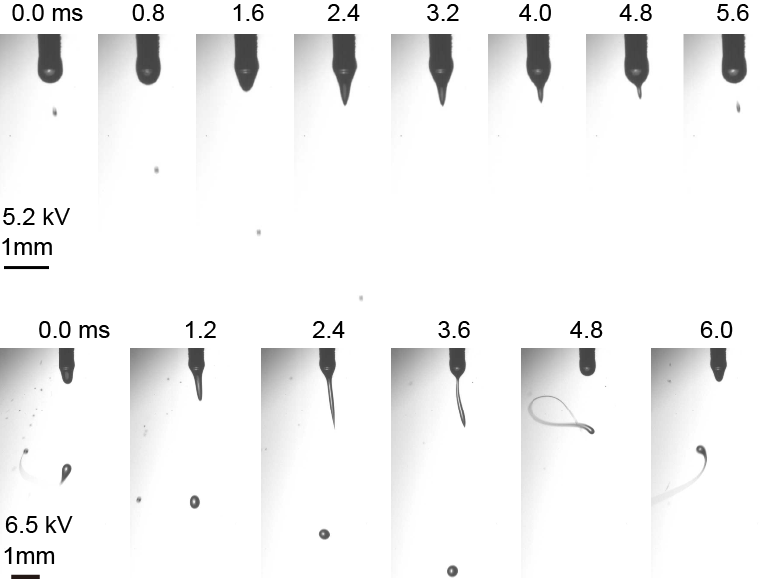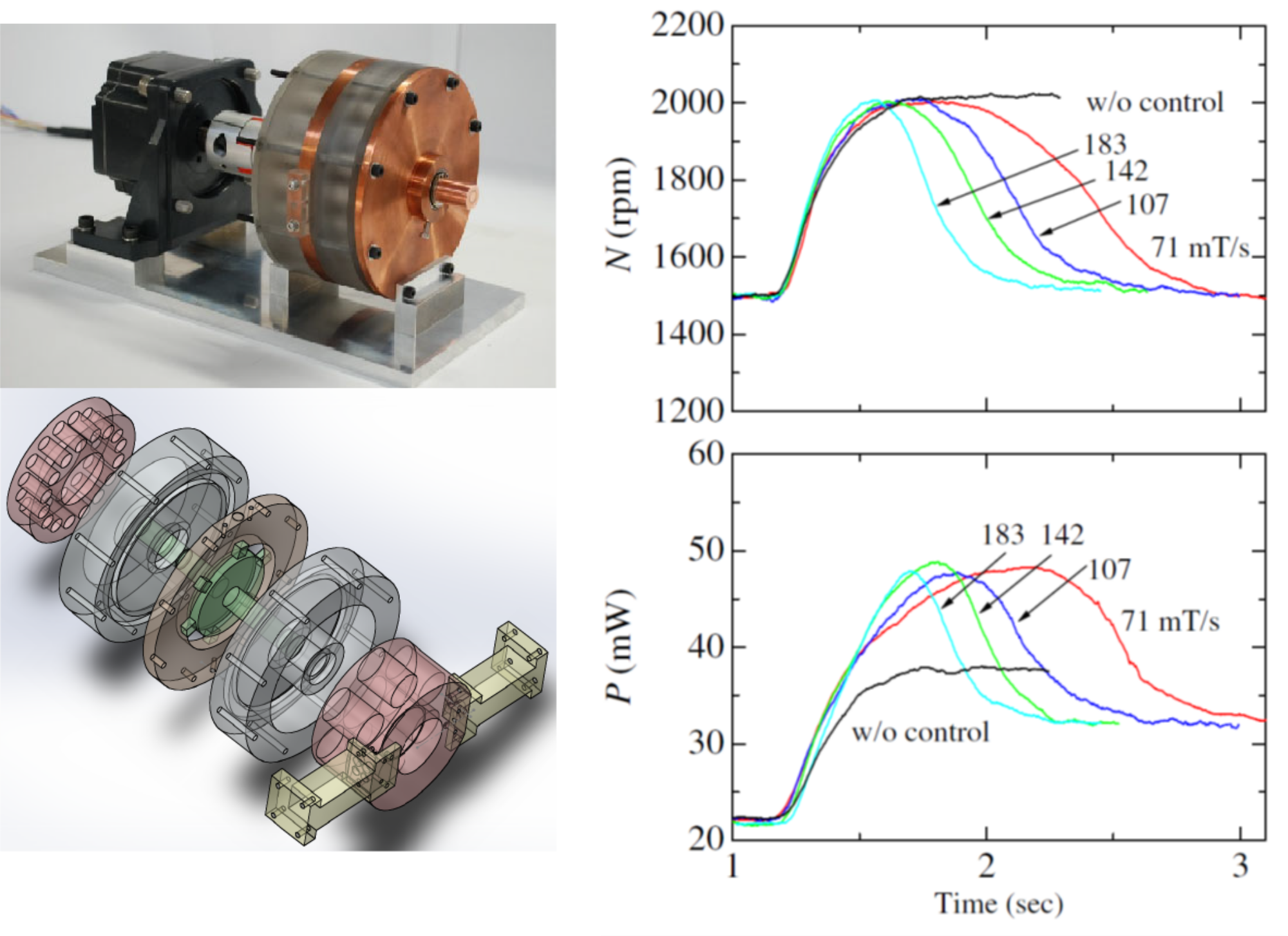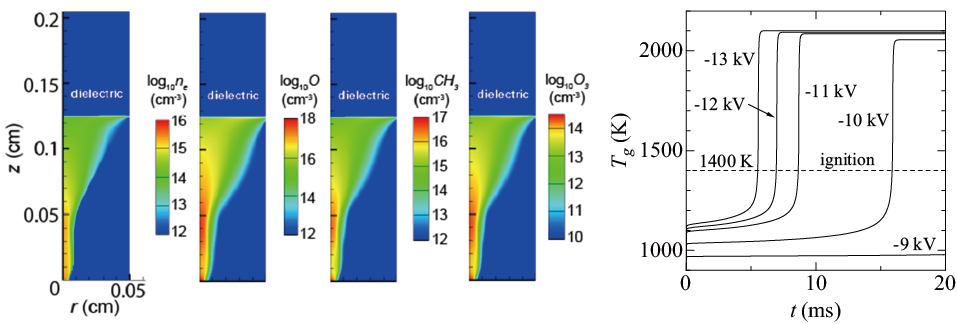Advanced Applications of Ionic Liquids in Energy and Environmental Fields

Ionic liquids are unique liquids composed of only anion and cation and show completely different characteristics from water or oil. The melting point of ionic liquids is below room temperature and they are often referred to as the room temperature molten salt. Ionic liquids have been applied to electrolyte for batteries, reaction solvent or actuator because of their high electrical conductivity and ultra low vapor pressure. In this laboratory, we focus on the development of advanced energy devices with ionic liquids such as electro-double layer capacitor or colloidal space propulsion. Furthermore, the advancement of CO2 capture by ionic liquid electrospray is conducted as an environmental application through experiment and numerical computation.
Innovative Cellulose Material Fabrication by Electrostatic Fibril Alignment

In recent years, cellulose nanofibrils (CNF) have attracted significant attention as a novel biomass material. The fibrils are produced by liberating wood fibers to their nano-scale building blocks and have considerable potential to be applied to composite materials due to their outstanding mechanical (high stiffness of the crystalline regions ~ 138 GPa) and thermal properties (low thermal expansion). In order to synthesis a cellulose filament with high mechanical properties from CNF, it is essential to enhance the CNF alignment in a cellulose filament. In this research, we propose the innovated approach to align the CNF in flow by AC electric field and clarify the fundamental alignment characteristics by optical measurement.
Development of Electromagnetic Energy Conversion Device for Advanced Utilization of Wind Energy

In this study, aiming at energy recovery from excessive wind energy for advanced wind turbine, an innovative torque control device was developed utilizing the Lorentz force induced by electro-magnetic interaction in the liquid metal. This device enables to keep the constant rotational speed or torque with converting excessive wind energy into electric energy.
Computation Simulation on Ignition Enhancement by Nano second Pulsed Discharge

The effect of nanosecond pulsed discharge on improvement of ignition delay
Non-equilibrium plasma often generated by nano second pulsed discharge is widely applied to combustion enhancement or environmental purification using chemically reactive species produced through high energy electron impact reactions in plasma. As a fundamental research, we developed the numerical modeling of air-methane premixed nano-second pulsed discharge and clarified the radical production process in nano time scale with streamer propagation. It has been clearly shown that the ignition delay is improved by nano second pulsed discharge. Furthermore, researches are also undergoing on flow control by nano second pulsed discharge with local energy input to the flow.